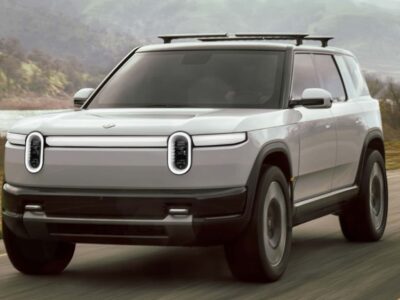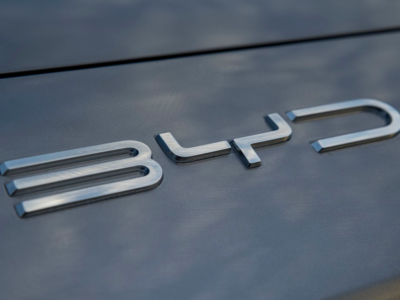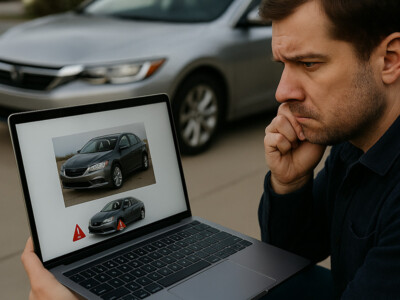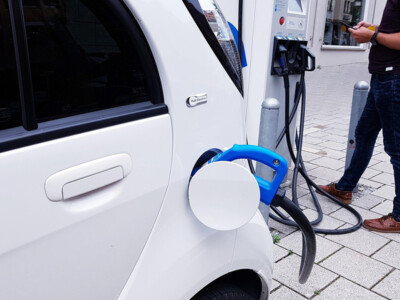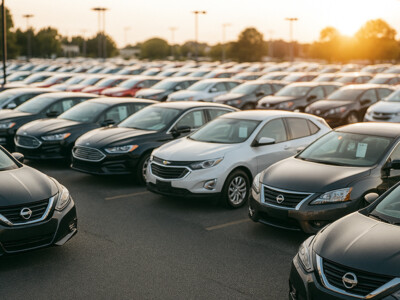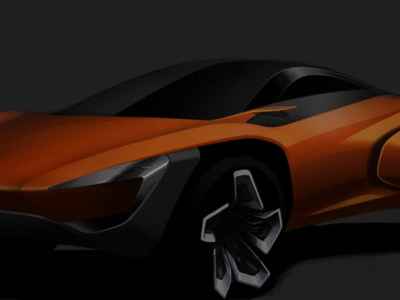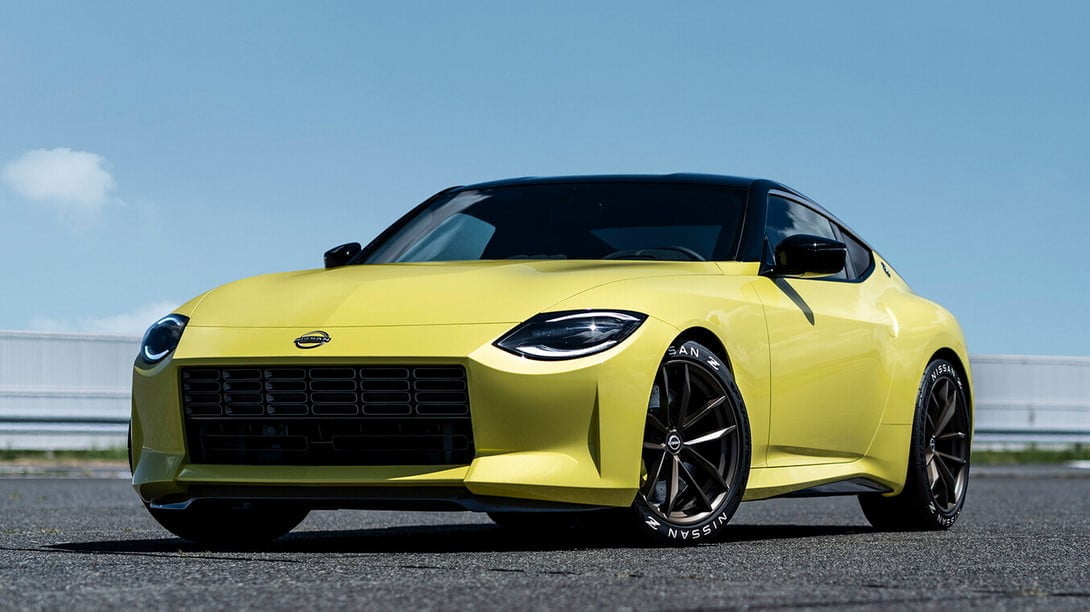
Nissan has revealed the replacement for the 370Z. Named the Nissan Z, it is the latest model in the brand’s long line of Z sports cars, dating back to the original Datsun 240Z in 1969.
Designed to compete with the likes of the Toyota Supra and the new BMW 2 Series Coupe, Nissan has so far only confirmed a North American launch for the newcomer, and based on what we heard from Nissan executives at the unveiling of the Proto Z concept last year, a European release seems unlikely.
It is powered by a 3.0-liter twin-turbocharged V6 gasoline engine, producing 400bhp and 475Nm of torque. In other words, that’s 30 percent more power than the old 370Z and 31bhp more than its main rival, the new BMW M240i.
The engine sends power to the rear wheels through a standard six-speed manual gearbox, with a carbon fiber driveshaft and an automatic rev-matching function. A nine-speed automatic is optional.
Compared to the old 370Z, Nissan engineers have focused on handling improvements with increased body stiffness, larger-diameter dampers, and a new double-wishbone front suspension with a steeper incline angle to aid straight-line stability. The front tires are also wider, which Nissan claims has helped increase cornering performance by up to 13 percent.
There’s also a new electronically assisted power steering rack, and, for the pricier Z Performance model, a mechanical limited-slip differential. Automatic cars also have a drive mode selector with two modes called Standard and Sport. The latter increases steering weight and throttle response and introduces an engine sound enhancement in the cabin.
Like the Proto Z concept, the production-ready Nissan Z body features a mix of styling cues selected from the 52-year history of the nameplate.
At the front, the semi-circular LED headlight units and the wide radiator grille hark back to the 1970s 240ZG, exclusive to Japan, with glass lenses over the headlights and a slightly longer nose cone. The hood also has the same V-shaped power bulge as the original car.
The new Z retains the same haunches around the C-pillars as Nissan’s more recent sports cars, the 350Z and the 370Z. This low front and high back stance has been a distinctive styling feature of Nissan sports cars since the 240Z and is a characteristic the brand’s designers have incorporated into the new car.
The taillights are inspired by the 80s and 90s Z32 300ZX, sharing similar slotted beam units and housed in an almost identical rectangular frame running the width of the rear bumper.
The coupe’s door handles share their design with the 370Z, and there’s a “Z” badge affixed to the car’s C-pillar, just like on the 240Z.
However, the Nissan Z is not a complete nostalgia trip; there’s proper aerodynamic engineering in its body. Nissan says the small rear wing generates enough downforce to counteract rear lift, while the front splitter has been designed using knowledge gained from the GT-R development program.
There’s also nothing vintage about the car’s interior. Nissan has fitted an eight-inch touchscreen infotainment system and a new 12.3-inch digital instrument cluster with three customizable display modes. Nissan even sought advice from Japanese racing legends, such as Tsugio Matsuda, in deciding the Z’s cabin design.
The steering wheel is designed to be ergonomic and retain some of the “vintage aesthetic” of the thin, non-airbag steering wheel from the 240Z. The seats are assembled using lessons learned from the GT-R program to ensure good lateral support in corners.
US buyers can choose from three specifications, named Sport, Performance, and Proto Spec. The first comes with 18-inch alloys, while the second has 19-inch wheels and the aforementioned limited-slip differential.
Proto Spec cars feature exclusive yellow brake calipers, bronze-colored 19-inch alloy wheels, and model-specific leather seats with yellow accents. Production will also be limited to 240 units. Prices are yet to be confirmed.


